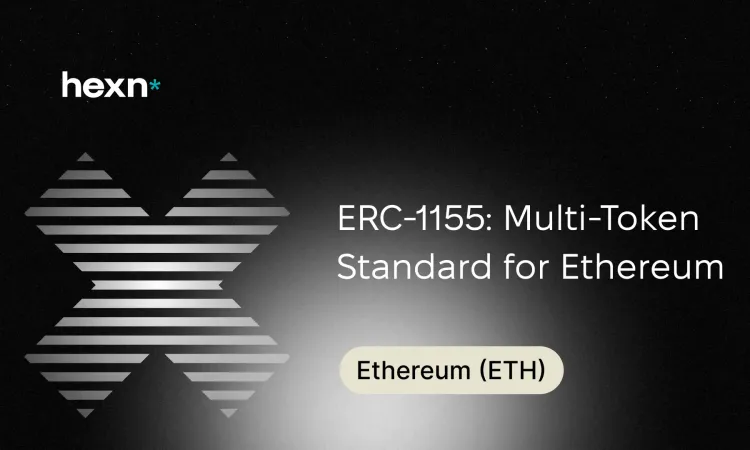ERC-1155: Multi-Token Standard for Ethereum
What Is ERC-1155?
ERC-1155 is a smart contract standard that lets projects manage multiple token types from a single contract. By supporting fungible, non-fungible, and semi-fungible items together, it reduces transaction overhead and simplifies asset handling, which matters for games, marketplaces, DAOs, and any application that needs varied digital assets.
How ERC-1155 Combines Different Token Types
Traditional token standards require separate contracts for currencies and unique items. ERC-1155 changes that model by using a single contract to represent many distinct token ids. Each id can behave like a fungible token, a unique collectible, or a hybrid that changes state over time. This unified approach makes it easier to issue, transfer, and track a wide range of digital assets without deploying many contracts.
Practical Mechanics
ERC-1155 introduces methods that let wallets and contracts move multiple token ids in one operation, which lowers gas costs and reduces waiting times. It also includes safeguards that help prevent or recover from common mistakes when sending tokens to smart contracts or addresses that cannot receive them, improving reliability compared with older standards.
Core Benefits for Builders and Users
ERC-1155 offers several practical advantages that influence adoption and design choices.
1. Lower Transaction Costs and Faster Operations
Batch transfers mean you can move several assets in one call rather than many separate transactions. For applications that frequently transfer multiple items, this leads to meaningful savings on fees and better user experience.
2. Reduced Contract Duplication and Easier Maintenance
Keeping multiple token types in a single contract cuts down code repetition and deployment overhead. That simplifies audits, upgrades, and coordination across related assets.
3. Support for Semi-Fungible Assets
Some items are interchangeable early on and become unique later, such as tickets that are identical before an event and collectible afterward. ERC-1155 natively supports these lifecycle patterns, opening new product possibilities.
4. Improved Transfer Safety
Built-in checks and standardized receiver hooks help prevent accidental token loss and allow contracts to reject or accept transfers in a predictable way, increasing overall safety for token holders.
Comparing ERC-1155 with ERC-20 and ERC-721
Think of ERC-20 as the standard for interchangeable tokens, and ERC-721 as the standard for one-of-a-kind collectibles. ERC-1155 sits between them by letting a single contract represent both interchangeable and unique items, plus hybrids, which makes it a flexible alternative when an application needs more than one asset type.
Where ERC-1155 Is Used Today
Adoption tends to be strongest in areas that require many token varieties and frequent transfers. Common use cases include blockchain-based games with varied item inventories, marketplaces that list batches of different assets, on-chain communities and DAOs that issue multiple membership or utility tokens, and developer libraries that implement standards and security tooling.
Wider Adoption
The standard has been around for years but is still underleveraged relative to simpler token types. As more teams recognize the cost and complexity benefits, and as models like play-to-earn and tokenized memberships expand, ERC-1155 is likely to see broader use. Its flexibility also makes it a good fit for experiments that blur the lines between currencies, collectibles, and utility tokens.
Key Takeaways
- Flexibility: One contract can handle fungible, non-fungible, and semi-fungible assets.
- Efficiency: Batch operations reduce gas costs and speed up workflows.
- Safety: Standardized transfer checks lower the risk of accidental loss.
- Use cases: Ideal for gaming, marketplaces, DAOs, and complex asset systems.
For teams designing token models, ERC-1155 is worth considering when you need multiple asset behaviors together, want to reduce deployment and transaction costs, and require predictable transfer mechanics.
